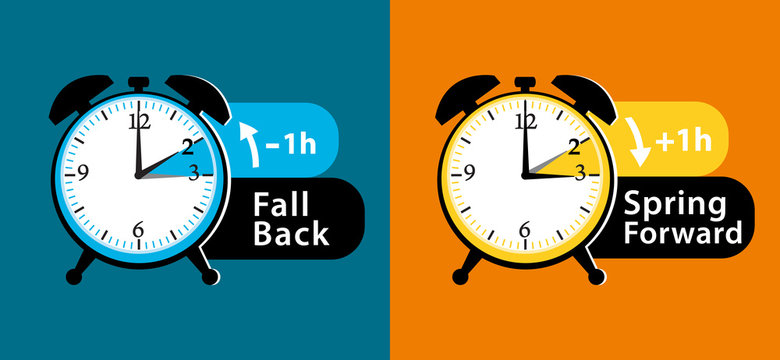Why Daylight Saving Time Messes With Your Brain
Posted
Last Updated
AS PEOPLE IN THE U.S. prepare to set their clocks ahead one hour on Sunday, March 10, 2024, I find myself bracing for the annual ritual of media stories about the disruptions to daily routines caused by switching from standard time to daylight saving time.
About one-third of Americans say they don’t look forward to these twice-yearly time changes. And nearly two-thirds would like to eliminate them completely, compared with 17% who aren’t sure and 21% who would like to keep moving their clocks back and forth.
But the effects go beyond simple inconvenience. Researchers are discovering that “springing ahead” each March is connected with serious negative health effects, including an uptick in heart attacks and teen sleep deprivation. In contrast, the fall transition back to standard time is not associated with these health effects, as my coauthors and I explained in a 2020 commentary.
I’ve studied the pros and cons of these twice-annual rituals for more than five years as a professor of neurology and pediatrics and the director of Vanderbilt University Medical Center’s sleep division. It’s become clear to me and many of my colleagues that the transition to daylight saving time each spring affects health immediately after the clock change and also for the nearly eight months that Americans remain on daylight saving time.
Americans are split on whether they prefer permanent daylight saving time or permanent standard time. But a growing number of states are supporting permanent standard time.
However, the two time shifts—jolting as they may be—are not equal. Standard time most closely approximates natural light, with the sun directly overhead at or near noon. In contrast, during daylight saving time from March until November, the clock change causes natural light to be present one hour later in the morning and one hour later in the evening according to clock time.
read more at atlasobscura.com.

